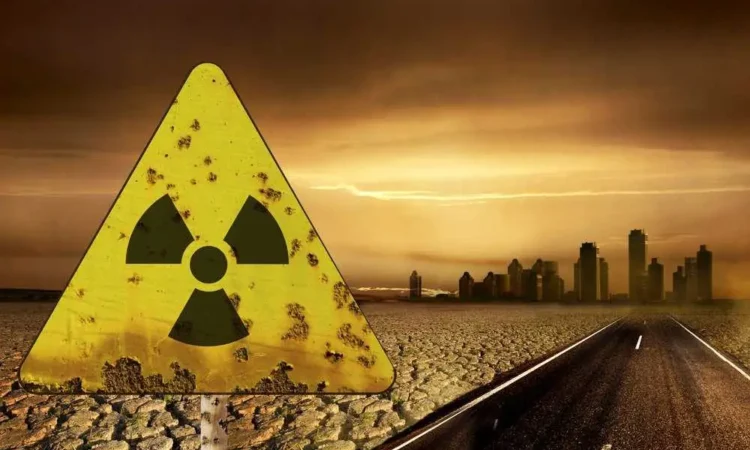What are Trap Houses
In the urban lexicon, the term “trap house” carries with it a complex array of meanings and connotations. From its origins in the realm of illicit drug trade to its evolution into a cultural phenomenon, trap houses have become emblematic of certain aspects of urban life. This article aims to delve into the multifaceted nature of trap houses, exploring their history, significance, and impact on communities.
Origins and Evolution:
The term “trap house” traces its roots to the world of drug trafficking, particularly within marginalized urban communities. In this context, a trap house refers to a location—often a dilapidated or inconspicuous building—used for the production, distribution, and sale of illegal substances, primarily narcotics such as cocaine, heroin, and crack cocaine. These establishments operate as hubs for illicit activity, serving as points of contact between suppliers and consumers.
However, the concept of the trap house has transcended its criminal origins to encompass broader cultural and social meanings. With the rise of hip-hop music and its influence on popular culture, trap houses have been romanticized and mythologized in media depictions, particularly within the genre of trap music. Artists such as Gucci Mane, Young Jeezy, and Future have all referenced trap houses in their music, depicting them as symbols of struggle, survival, and urban resilience.
Symbolism and Cultural Significance:
Beyond their role in the drug trade, trap houses hold symbolic significance within urban communities. They represent the harsh realities of poverty, inequality, and systemic oppression faced by many residents of inner-city neighborhoods. In some cases, trap houses serve as makeshift shelters for homeless individuals or as gathering places for marginalized communities seeking refuge from economic hardship and social marginalization.
Moreover, trap houses have become emblematic of entrepreneurial spirit and resourcefulness within disadvantaged communities. For some individuals, involvement in the drug trade may be seen as a means of economic survival in environments where traditional avenues of upward mobility are limited or non-existent. The allure of quick money and the promise of escape from poverty drive many young people to engage in illicit activities despite the inherent risks and consequences.
Impact on Communities:
While trap houses may provide a source of income for those involved, their presence often exacts a heavy toll on the surrounding community. Drug addiction, violence, and the proliferation of firearms are common byproducts of the illicit drug trade, contributing to cycles of poverty, crime, and social instability. Moreover, the criminalization of drug-related activity perpetuates a vicious cycle of incarceration and recidivism, further exacerbating the challenges faced by affected communities.
Additionally, the stigma associated with trap houses can have detrimental effects on community cohesion and collective well-being. Residents may feel unsafe or marginalized due to the presence of illicit activity in their neighborhoods, leading to increased social isolation and distrust among neighbors. Furthermore, the normalization of drug culture perpetuated by media depictions of trap houses can desensitize young people to the dangers of substance abuse, exacerbating existing public health crises such as the opioid epidemic.
Addressing the Issue:
Effectively addressing the complex issues associated with trap houses requires a multifaceted approach that combines law enforcement efforts with targeted interventions aimed at addressing the root causes of urban blight and social dislocation. Investing in education, economic development, and community-based initiatives can provide viable alternatives to involvement in the drug trade, empowering residents to break free from cycles of poverty and despair.
Furthermore, harm reduction strategies such as needle exchange programs, substance abuse treatment, and mental health services can help mitigate the negative consequences of drug addiction while promoting public health and safety. Additionally, fostering greater collaboration between law enforcement agencies, community organizations, and social service providers can facilitate more holistic approaches to addressing the underlying factors driving illicit activity in urban neighborhoods.
Conclusion:
Trap houses represent a complex and multifaceted phenomenon with deep roots in the social, economic, and cultural fabric of urban communities. While often associated with the illicit drug trade, trap houses also serve as symbols of resilience, resourcefulness, and survival within marginalized populations. By addressing the underlying drivers of urban blight and social dislocation, communities can work towards dismantling the structures that perpetuate the cycle of poverty, crime, and despair associated with trap houses, ultimately fostering greater equity, justice, and opportunity for all residents.




